If there’s one thing we can all agree on about bikes, it is that they are uncomplicated machines that ease transportation and provide recreation.
That being said, with their increased popularity in recent years, bikes are evolving in every sense – and this also includes the many different types of bikes that you can purchase from your local bike shop or online.
In this post, we are going to talk about single speed bikes: What makes a bike a single speed bike? What is the difference between a fixie and a single-speed bike? What are their characteristics? As well as some frequently asked questions about single speed bikes.
So, without further ado, let’s dive in.
What Are Single Speed and Fixie Bikes?
Characterized by their single gears on the rear wheel, fixie & single speed bikes are essentially similar types of bikes. Both fixie and single speed bikes have a single gear ratio.
While single speed bikes have a freewheel mechanism, fixies do not.
In a nutshell, that translates to a simple fact that single speed bikes allow you to coast while fixies do not. Because they both only have a single gear, it also means that they do not have any means of varying their gear ratio.
Fixie & single speed bikes have been in production for a longer period of time than geared bikes. Nearly all famous bike manufacturers have models of fixie and single speed bikes.
Both fixie & single speed bikes are without derailleur gears and come in a variety of models.
Different manufacturers may have more than one fixie & single speed bike model in their production. You can find them quite often on racetracks, town transport and in cycling for leisure.
Single speed bikes are more comfortable to ride and give you more control than fixie bikes, especially during braking. Generally, fixie and single speed bikes are durable and give you many years of service.
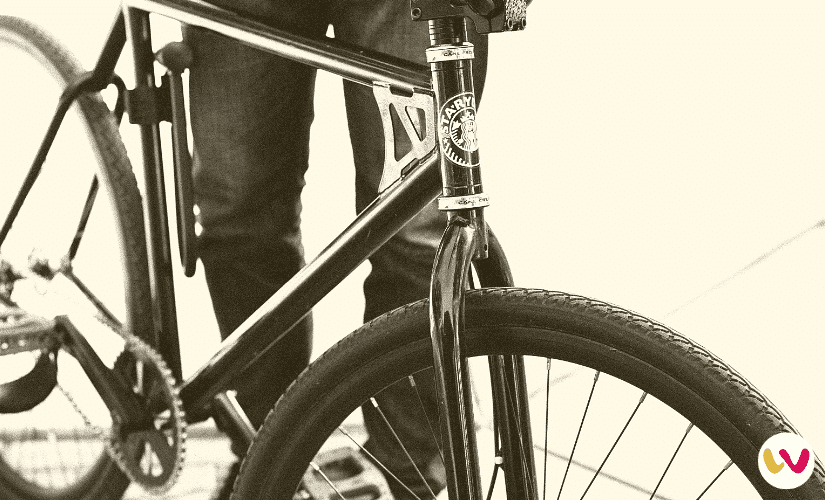
What Are The Benefits and Disadvantages of Single Speed Bikes?
Benefits:
- Fixie & single speed bikes are lighter than multi-speed/multi-gear bikes. They have fewer to almost no control on the handlebars. They also have no derailleurs or other systems for gearing. Geared bikes have these components, thus, the added weight.
- Maintenance costs are lower for fixie & single speed bikes. With fewer moving parts, there are fewer maintenance services to carry out on these bikes. This also makes fixie and single speed bikes much more cost-effective than multi-speed bikes.
- Commuting on bikes in cities and towns is great with fixie & single speed bikes. They can achieve drivetrain efficiency that is greater than in multi-geared bikes. Some fixie and single speed bikes are specially designed for commuting. Somehow, they give you high visibility when riding them.
- There is less drag in fixie & single speed bikes. Single speed bikes do not have parts that add drag to the chain such as ramps or jockey pulleys. Additionally, the single rear cog of these bikes takes up less space than the usual 7-11 gears found in multi-speed bicycles.
- Fixie riding helps cyclists develop good cadence. This is rhythmic and balanced pedalling of a bike and is calculated in revolutions per minute. Typical cadence for fixie bicycles is 85-110 rpm. Good cadence enhances performance and fitness for both the bike and cyclist.
- Single speed bikes have a freewheel mechanism. A freewheel on the rear wheel allows you for coasting on both flat and descending terrains. A cyclist can take small rests from cycling without excessive loss of speed.
- Fixie bikes are great for manoeuvres that cannot be achieved on multi-geared bikes. This is especially important for showmen and women. Brakeless fixie bikes used in performing stunts are only possible due to their lack of brake cables and systems. You can turn the front wheel of a fixie bike 360 degrees, among other stunts.
Disadvantages:
- Having no gearing ratios makes fixie & single speed bikes less versatile than multi-geared bikes. Fixie & single speed bikes have a
single gearing range and cannot be efficiently pedalled outside this range. - The single dedicated gear ratio limits the top speed that fixie & single speed bikes can reach. They are slower than multi-geared bikes on nearly all terrains.
- Fixie & single speed bikes are difficult to pedal uphill. They lack low gearing ratios required for less strain in uphill cycling. Even when you get used to your bike, you will still find it a little bit tough going up hills on a fixie or single speed bike.
- There is an increased probability of loss of control when riding fixie & single speed bikes in slippery conditions. The risk increases in fixie cyclists who ride brakeless and do all their braking via the bicycle’s drivetrain.
- Increases in suppleness, flexibility and performance of fixie bike cyclists are negligible due to enforced fast spin. It is often better and more comfortable to ride on a bike that is fitted with a freewheel.
Related: The Best Road Bikes (for just under £1000) – Our Curated Offers
Types of Single Speed Bikes
Single speed bikes are available mainly in four varieties with the single speed road bike being the most common one. Some multi-geared bikes can also be converted to single gear bikes.
- Single speed mountain bike – These are mountain bikes that are single speed. They are suitable for trail riding. Single speed mountain bikes have a comfortable, low gear ratio. This makes them excellent hill climbers and can deal well with gradients and obstacles. Single speed mountain bikes have wide tyres and different braking mechanisms.
- Single speed road bike – The single speed road bike has a gear ratio that is high. It is harder to pedal in the gear ratio, but the bike goes faster. The most popular bicycle in the world by numbers sold is a single speed road bike.
- Single speed cyclocross bike – Cyclocross bikes have unique frame geometry. They also have wider clearances to allow them large tyres. Mud and other debris can easily pass through the clearance space afforded by a single speed cyclocross bike. The frame of a single speed cyclocross bicycle is lightweight. It allows the bike easy to carry in a cyclocross terrains. Aluminium is a favourite material for cyclocross bikes although carbon fibre is also often used in the frame of a single speed cyclocross bike.
- Single speed commuter bike – These are bikes designed to give riders a more upright posture than other bikes. Single speed commuter bikes are great for city and town transport. They avoid the extended forward leaning posture of racing bikes. A single speed commuter bike is often made using steel in its frame. It features brakes of varying types.
You may have features that enhance suitability for commuting on your single speed commuter bike. These include panniers or racks for storage and lights for increased visibility.
Technological advances have helped the rise of hybrid single speed commuter bikes. Some hybrid bikes use a combination of pedal power and electric power.
Mudguards and fenders on commuter bikes also reduce the effects of harsh weather on cycling. On top of that, a chain guard on single speed commuter bikes also protects you from the risk of oil stain.
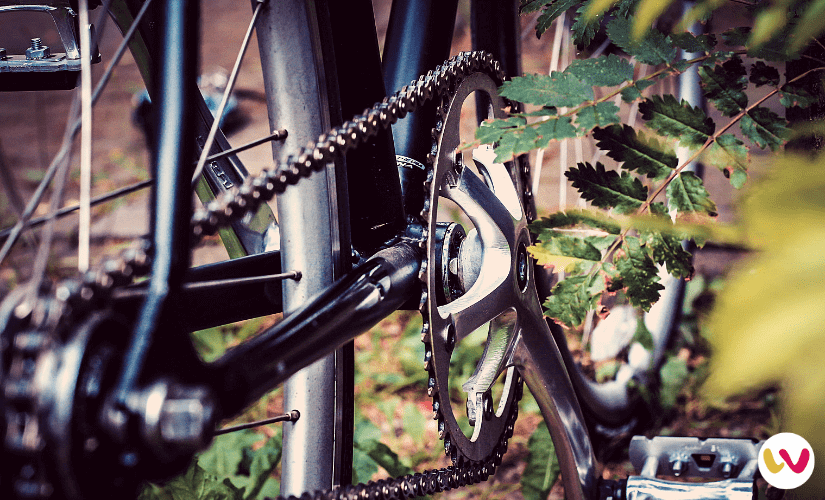
What is The Difference Between a Fixie and a Single Speed Bike?
While a fixie and single speed bike share a similarity in having a single gear ratio, they have their differences. The main difference between a fixie and single speed bike is the presence of a freewheel. A fixie has no freewheel.
The rotary action of the rear wheel in fixie results in circular motion of the pedals. This critical difference between the two types of bikes influences their braking as well.
A second but less prominent difference between fixie bikes and single speed bikes is the presence and use of brakes.
Fixie bikes can be stopped using the pedals by experienced riders. The presence or use of brakes on a fixie bike is entirely up to the cyclist.
You can use the rear wheel of your fixie bike for braking. Front wheel brakes are useful in a fixie bike as they increase the braking power of your bike. They can provide up to 70% of the braking power in a fixie bike.
Single speed bikes always have brakes on them. The brakes are fitted onto both the front and rear tires. They are the sole providers of braking power on a single speed bike.
It is essential for cyclists to find out the position of their local laws on bike brakes. Each country or local authority has different legal requirements about brakes and their uses on roads.
Such laws may extend to the use of reflective materials on the bike and in clothing worn by cyclists. Lights on bikes are also addressed in cycling laws and regulations.
What to Look For When You Want One
Buying single speed bikes requires some forethought. You should know what to look for when you want single speed bikes.
n excellent single speed bike has a frame made of solid metal. The frame should allow for fitting of all the systems and parts of a single speed bike.
The intended use of a single speed bike determines which type you should be purchasing.
There are single speed bikes suited for long rides. Others are good at short trips. The terrain on which you will be riding your bike should also be factored in when you want single speed bikes.
Bikes for racing should meet the specifications and standards of the body that governs the race in which you will be using the bike.
A single speed bike should be easily transformed into a multi-geared one should you ever wish to do so.
Not all single speed bikes work well with gearing systems upon conversion though, something that is worth bearing in mind. Some degree of experience or knowledge about maintaining a geared bike would be useful in such an instance.
Other features to consider when you fancy single speed bikes include the availability of components and the tyres that can be used in the bike.
The spare parts that you require for your bike should also be easy to find in your local bike shop or online. You should also consider the additional equipment needed for the maintenance of the bike.
Chain Tensioning
Single speed bikes have different chain tensioning mechanisms installed. The bike should have an easy to use chain tensioning mechanism.
Each bike model uses a chain tensioning mechanism that is suitable to the uses of the bike. Spring-loaded tensioners, eccentric bottom brackets and horizontal rear dropouts are used to keep the chain in single speed bikes adequately tensioned.
Some single speed bikes lack a dedicated tensioner mechanism. Slippage of the bike chain and derailing due to improper tensioning can lead to serious injury to the rider and other road users.
Derailing in fixie & single speed bikes can also cause extensive damage to the bike.
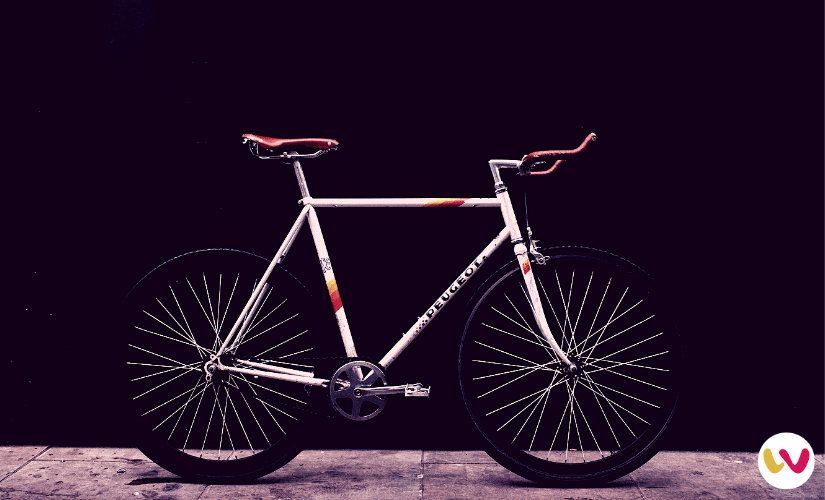
FAQs
Are single speed bikes fast?
Single speed bikes are fast enough for the terrain they are ridden on. The speeds you achieve riding on a single speed bike varies by terrain and the inclination of the land.
Freewheels on single speed bikes allow coasting. This enables single speed bikes to attain high downhill speeds.
Different types of single speed bikes have varying gear ratios. Cogs can be changed to give you the desired gear ratio you want to have on your bike.
Do single speed bikes have brakes?
Brakes are often present on single speed bikes. Braking cannot be achieved using the pedals in single speed bikes.
Having brakes on a single speed bike may be required by law in your country. It is good for the safety of the rider to have brakes on a single speed bike.
Are single speed bikes hard to ride?
Single speed bikes are not hard to ride. With proper training and practice, you can easily ride a single speed bike as well as you can ride a multi-geared bike.
Can you coast on a single speed bike?
Yes, you can coast on a single speed bike. This is made possible by a freewheel fitted to the rear wheel of the single speed bike.
Are single speed bikes good for commuting?
In general, single speed bikes are good for commuting. There are single speed bikes specifically designed for commuting.
The single speed commuting bikes are best for commuting. Other single speed bike types have different suitability for commuting.
Can I put gears on a single speed bike?
Indeed, you can put gears on a single speed bike. The single speed bike should have enough space to allow more than 1 cog to be fitted onto the bike.
Not all single speed bikes are suitable for conversion to multi-geared bikes though.
Can I convert geared bike to single speed bike?
Some geared bikes can be converted to single speed bikes. Conversion of a geared bike to single speed causes loss of the advantages you may have enjoyed riding the geared bike.
How tight should the chain be on a single speed bike?
The standard for chain tightness on a single speed bike is no visible slack. This applies to all bikes including fixie bikes and geared bikes.
Where can I get a single speed bike?
You can get a single speed bike from online retailers or from your local bike shop. Single speed bikes are often sold in the same places you may buy a multi-geared bike.
You can also convert a multi-geared bike to a single speed bike.
If you enjoyed this article, you might also like:
- Should you take pre-workout for cardio training?
- Best Hybrid Bikes for 2019
- Road Bikes Explained – Different Types of Road Bikes


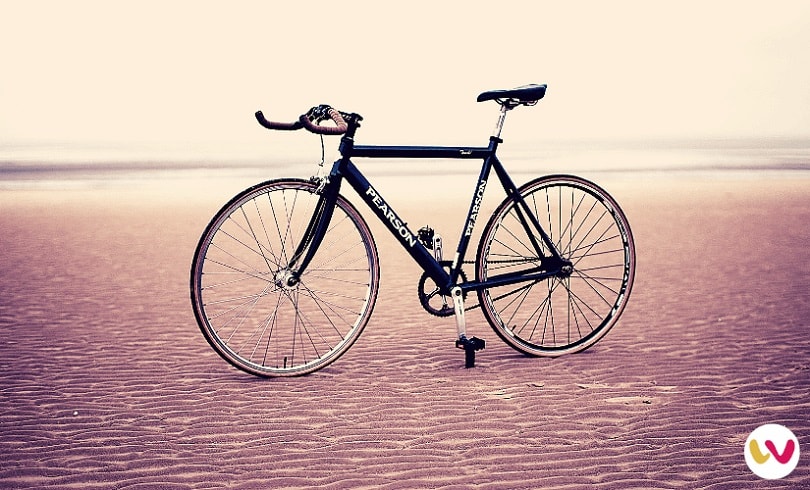
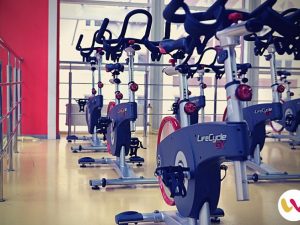
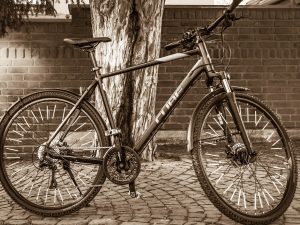
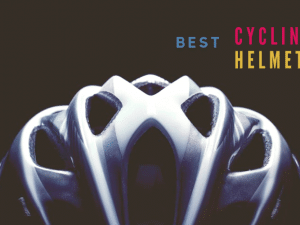

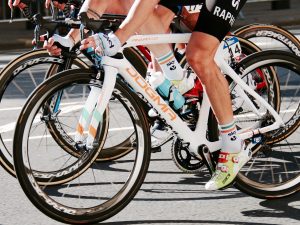
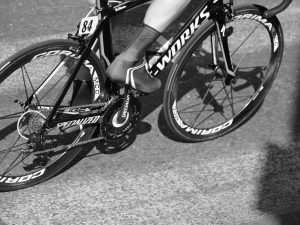
Hey Legwork Team, this is sid. Your fixie & single speed bikes reviews is good . I guess will help to readers to select the right one.One question ..can single speed bikes is suited to use during winter. Sidd
Hey Sidd, thanks for dropping by and leaving your comment. Fixie / single speed bikes are probably the best bike for winter because of its low maintenance! If you have a fixie it also means that you need to keep pedaling so no time for slacking and doing so you keep heating your body up. Hope that helps.
Hello! I could have sworn I’ve visited this blog before
but after going through a few of the posts I realized it’s new to
me. Regardless, I’m certainly pleased I came across it and I’ll be book-marking it
and checking back regularly!